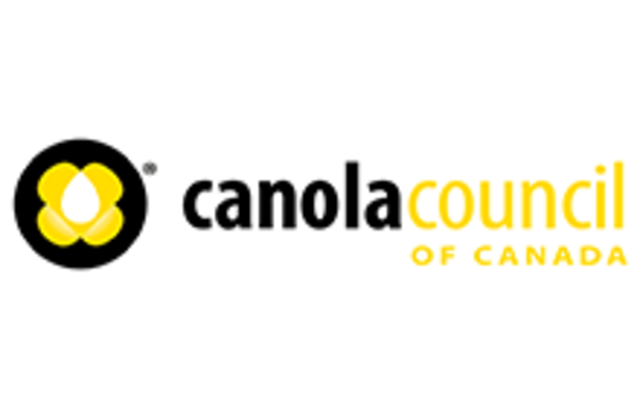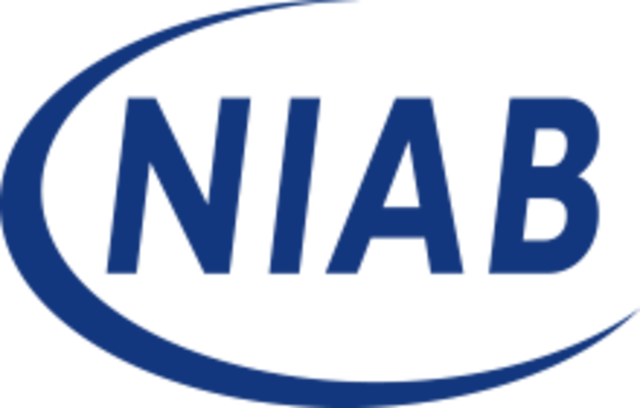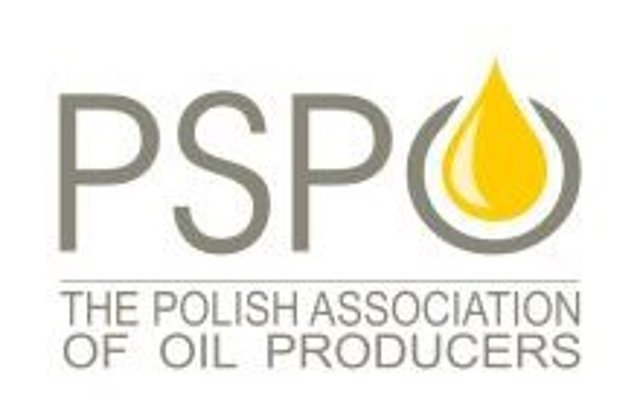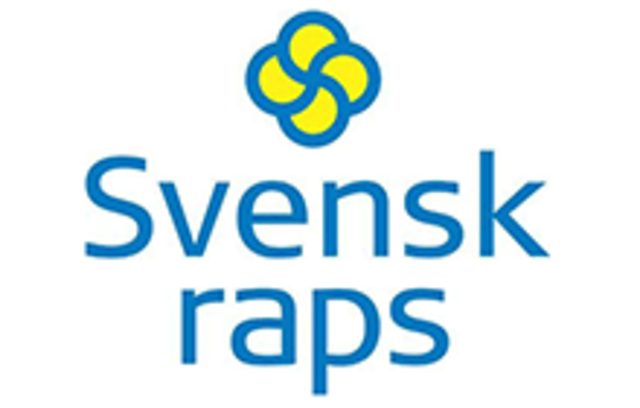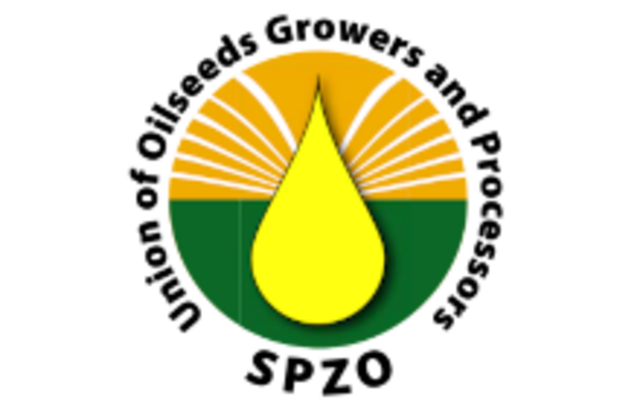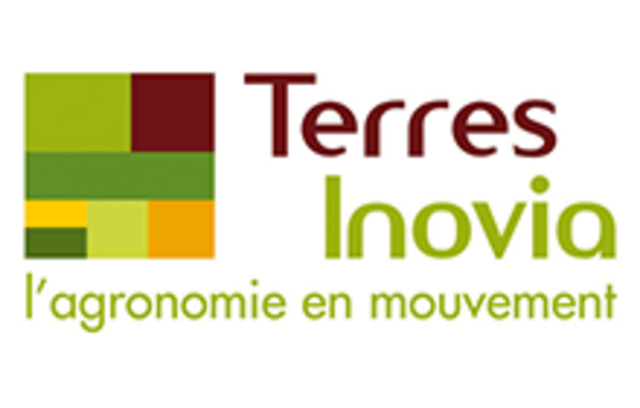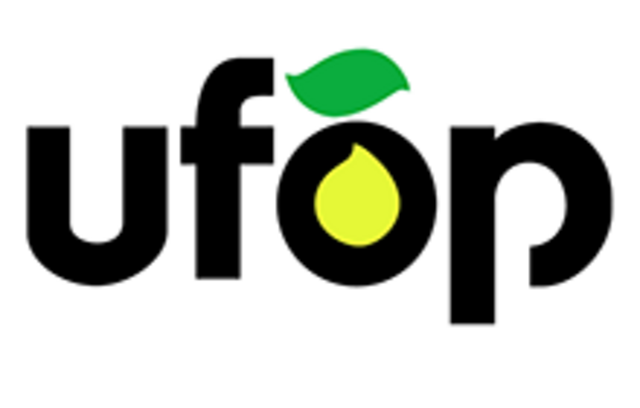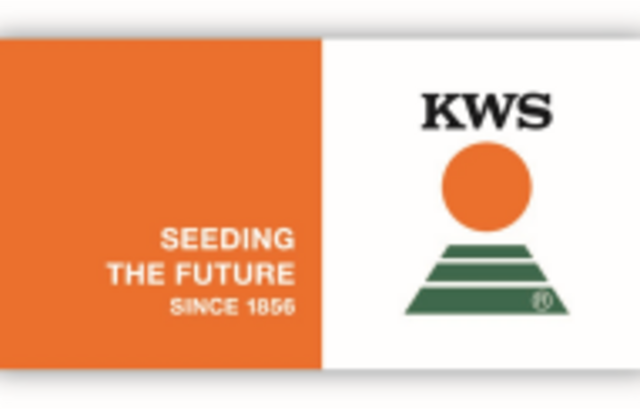
4th IRC Giessen Germany, 1974
4th International Rapeseed Congress Giessen, Germany, June 4-8, 1974
TABLE OF CONTENTS
VORWORT - BEGRÜSSUNGSANSPRACHE.................. 3
PLENARSITZUNG - PLENARY SESSIONS -CONFERENCES PLENIERES
1. K. Loeffler
Der Raps in der Europäischen Gemeinschaft................. 7
2. R. O.Vles
Nutritional Aspects of Rapeseed Oils..................... 17
I ZÜCHTUNG - BREEDING - SELECTION
1. Jacques Morice
Sélection d'une variété de colza sans acide érucique et sans glucosinolates................ 31
2. Jan Krzymanski
Rapeseed breeding for better oil and meal quality in Poland............. 49
3. R. K. Downey, A. J. Klassen und S. H. Pawlowski
Breeding quality improvements into Canadian Brassica oilseed crops....57
4. G. Röbbelen & B. Leitzke
Stand und Probleme der Züchtung erucasäurearmer Rapssorten in der Bundesrepublik Deutschland........... 63
5. B. Lööf
Elitenzüchtung bei Cruciferen-Oelpflanzen................... 73
6. M. Hühn & W. Schuster
Untersuchungen zur quantitativen Einschätzung von Konkurrenzeffekten in Winterrapsbeständen............ 79
7. T.Woyke
Changes in fatty acid composition of seed oil of rape hybrids due to decreasing proportions of erucic acid....... 93
8. G. R. Stringam, D. I. McGregor & S. H, Pawlowski
Chemical and morphological characteristics associated with seedcoat color in rapeseed.................. 99
9. A. Nitsch
Untersuchungen zur Physiologie der Stoffeinlagerung in reifenden Rapssamen................. 109
10. K. F. Thompson
Homozygous diploid lines from naturally occurring haploids.................. 119
11. V. Kratochvil
Möglichkeiten der Erhöhung der Platzfestigkeit beim Raps.......................... 125
II ANBAU - GROWING -AGRONOMIE & TECHNIQUES CULTURALES
1. F. Dembinski, J. Pudelko
In Winterrapsbeständen auftretenden Kräuter........................... 129
2. J. Voskerusa
Sortenunterschiede der Wachstumsdynamik bei Winterraps bei unterschiedlicher Ernährung..................137
3. Michel Rollier
Influence des facteurs climatiques sur le rendement du colza d'hiver.................................... 141
4. R. J. Delhaye
Fractionnement de la fumure azotée dans des cultures de colza d'hiver en Hesbaye (Belgique).... 147
5. Pierre Vullioud
Etude de l'influence de la date de semis sur le développement du colza d'automne................... 153
6. G. Geisler
Einfluß der Stickstoffdüngung auf Rapsertrag und Eiweißgehalt der Körner unter besonderer Berücksichtigung von Harnstoffspritzungen während der Vegetation einschließlich des Zeitraumes der Blüte und Nachblüte.......173
7. A. Benvenuti, G. Lotti, R.Izzo, G. Vicentini
First stages in the diffusion of rapeseed in Italy, results of tests comparing varieties and nitrogen fertilization
8. I. Ohlsson
Changes in seed quality and seed yield of spring-sown oleiferous crops during the ripening process......... 193
9. C. Mugnicki
Investigation on native and foreign winter rape varieties in Poland....................... 201
10. a) A. Bengtsson
Row space in Winter oilseed crops ......................207
207 b) I.Ohlsson
Row Space in spring-sown oilseed crops........................... 212
11. H. Jacquemet, J. Rognon
La napropamide - un nouvel herbicide de pré-semis pour les cultures de colza.......... 217
12. Y. Regnault
Le désherbage des colzas.............................. 225
III BIOCHEMIE DES ÖLES - BIOCHEMISTRY OF THE OIL - BIOCHIMIE DE L'HUILE
1. A. Westphal, F. Pinto
Ertragsleistung und Qualität von Raps aus Sortenversuchen in Äthiopien................. 231
2. J. G. van Hai, H. M. van Baarsel
Influence of temperature and day-length on the fatty acid composition of summer rapeseed (Brassica napus) ............243
3. G.Rakow, D.I. McGregor
Der Einfluß von Lichtentzug auf den Trockensubstanzgehalt, den Ölgehalt und die Fettsäurezusammensetzung des Öles von reifenden Rapssamen........................ 249
4. R. Larsson, K. Gottfridsson
Changes of Chlorophyll content in spring rape seed in relation to moisture content and temperature of the seed after harvest ......................261
5. S. S. Radwan, A. B. Afzalpurkar
The lipids in tissue cultures of Brassica napus .......................................267
6. W. Thies
New methods for the analysis of rapeseed constituents....................... 275
7. F. Mordret, J. P. Helme
Caractéristiques analytiques de l'huile de colza Primor............................. 283
8. B. Téregard, O. Podlaha
Stereospecific analysis of some Cruciferae species.................. 291
9. A. Seher, E. Homberg
The sterols and related minor constituents of various rapeseed oils....................... 301
10. H. Niewiadomski
Influence of technological processes on the quality of rapeseed lecithin................. 307
11. H. Stage
Probleme der großtechnischen destillativen Aufarbeitung von Rapsölfettsäuren........ 311
IV VERMARKTUNG - MARKETING - COMMERCIALISATION
R. Jensma
The world food Situation in the years ahead.............................. 325
1. S. Mielke
Die Hauptbestimmungsfaktoren des Rapsabsatzes und die Absatzaussichten für 1974/75................ 333
2. J. J. Banfieldi
Place of rapeseed in world market.......................... 343
3. R.Petit
Organisation de la commercialisation du colza en France................. 347
5. R. A. Bonjour
Rationalisierung der Wassergehaltsbestimmung und Lenkung des Wassergehaltes beim abgelieferten Raps in der Schweiz ........................355
V MEHL - MEAL - TOURTEAU
1. E. Kurucz, J. Peredi
Über den Isothiocyanat (ITC)- und Vinylthiooxazolidon (VTO)-Gehalt der ungarischen Rapsschrote......... 363
2. M. -T. Tollier, A. Guilbot
Détermination de la composition glucidique de la graine de colza (Brassica napus) et des produits dérivés............... 371
3. S.Persson
A method for determination of glucosinolates in rapeseed as TMS-derivatives............................. 381
4. A. Lanzani, G. Piana, G. Piva G. Jacini
Recent researches on progoitrin.................................... 387
5. M. Chanet
Utilisation dans l'alimentation animale des tourteaux de colza - Etudes visant à en améliorer la valeur nutritionnelle..... 393
6. R. Marquard
Untersuchungen über Proteingehalt und -qualität bei Rapsmaterial mit unterschiedlichem Glucosinolatgehalt...... 403
VI MEHL (FÜTTERUNG) - MEAL (FEEDING) - TOURTEAU (ALIMENTATION)
1. E. Josefsson
The nutritional value of low-glucosino late rapeseed meal................... 417
2. O. Theander, F. Aman
Carbohydrates in rapeseed and turnip rapeseed meals...................... 429
3. A. Eklund, G. Agren
Reproduction in rats fed on a glucosinolate-free rapeseed protein concentrate..................... 439
4. W. Teuteberg
Einsatz von glucosinolatarmem Rapsschrot in der Fütterung......................................... 447
5. H. Vogt
Versuche über den Einsatz von senfölarmem und behandeltem Rapsextraktionsschrot im Geflügelfutter........... 453
6. D. R. Clandinin, Z. Hawrysh, J. Howell, J.A.Hanson, R. G. Christian, G. Milne
Problems associated with the feeding of rations containing rapeseed meal to laying chickens........................... 463
7. H. S. Bayley
An examination of the source of variation between the findings of different investigations for the nutritional value of rapeseed meal........................ 471
8. J. P. Bowland
Comparison of low glucosinolate rapeseed meals with soybean meals as protein supplements for pigs................. 479
9. G. Molenat, J. Michelot, M. Theriez
Activité antithyroidienne des tourteaux de colza (Brassica napus L.) chez les ovins ............485
10. J. R.IngallsBronowski and Span rapeseed meal as protein supplements for lactating dairy cows......................495
11. K. Iwarsson, L. Ekman
The effect of rapeseed meal on the thyroid gland in cattle................ 501
VII SCHÄDLINGE & KRANKHEITEN - PEST & DISEASES - ENNEMIS & MALADIES
1. P. Jourdheuil, R. Coutin, J.P. Lacote
Evolution du niveau des populations de Ceuthorrhynchus Assimilis Payk. dans le Lauragais (Aude, France) 511
2. J.P. Lacote
Perspectives de lutte integrée contre Ceuthorrhynchus Assimilis Payk. dans les cultures de colza d'hiver...... . 519
3. R. Coutin, P. Jourdheuil, J.P. Lacote
Facteurs de réduction de la productivité du colza pertes de récolte dues aux insectes.............. 529
4. M. Hunzinger
Organisation des réseaux d'observation en vue des avertissements de traitement contre les ravageurs du colza..... 543
5. M. Maceljski
Die wichtigsten Rapsschädlinge in Jugoslawien und einige Angaben zu ihrer Bekämpfung........... 555
6. J.P. Lacote
Evolution des populations et nocivité de Brevicoryne Brassicae L. dans les cultures de colza d'hiver ..............563
7. Gy. Saringer
Problems with Athalia rosae L. (Hym.: Tenthredinidae) in Hungary ...................575
8. P. Jourdheuil, C. Laumond, E. Bonifassi, P. Millot
Essai de lutte biologique avec les nématodes Neoaplectanidae contre les insectes des crucifères............... 579
9. J. -G.Pierre
Synthèse des travaux réalisés en vue de la lutte contre les acariens de graines de colza stockées.............. 587
10. W. Krüger
Untersuchungen über die Epidemiologie des Rapslirebses, verursacht durch Sclerotinia sclerotiorum (Lib. ) de Bary.............. 595
11. R. Jönsson
Breeding for improved resistance to fungi in rape and turnip rape................ 605
VIII MEHL (EIWEISS) - MEAL (PROTEIN) - TOURTEAU (PROTEINE)
1. A.B. Afzalpurkar, K.D.Mukherjee, H.K. Mangold
Detoxification of rapeseed meal ........................609
2. T. Staron
Propriétés physico-chimiques et valeur nutritionnelle des protéines de colza extraites par voie fermentaire........... 615
3. A. v. Hofsten
The ultrastructure of protein and lipids in rapeseed and X-ray microanalyses of toxic seed compounds ..............625
4. D. W. Stanley, J. M. de Man
Dehulling of rapeseed ...............................................................633
5. A. Rutkowski, J. Korolczuk
Some technological aspects of the isolation of rapeseed protein............. 637
6. H. Kozlowska, F.W. Sosulski, B. Lossow
Rapeseed concentrate.................................... 651
7. K. Anjou, A. Fecske
The production of rapeseed protein concentrate............................ 659
8. R. Ohlson, J. Teär
Properties and use of rapeseed protein concentrate........................ 663
IX ERNÄHRUNGSPHYSIOLOGIE DES ÖLES- NUTRITIONAL ASPECTS OF THE OIL -PHYSIOLOGIE DE L'HUILE
1. G.Rocquelin, J.P.Sergiel, P.O.Astorg, G.Nitou, W. Vodovar, R. Cluzan, R. Levillain
Rôle de l'acide érucique dans l'apparition et l'évolution de la lipidose et des lésions cardiaques chez le rat ingérant de l'huile de colza....................... 669
2. J.L.Beare-Rogers, E.A.Neraund H. A. Heggtveit
Some nutritional studies on rapeseed oils....................................... 685
3. B. E. McDonald, V.M.Bruce, E. L. LeBlanc, D. J. King
Effect of rapeseed oil on serum lipid patterns and blood hematology of young men............... 693
4. F. X. Aherne, J. P. Bowland, R. G. Christian, H. Vogtmann
Comparison of the performance and histological changes in the tissues of pigs fed diets containing high or low erucic acid rapeseed oils or soybean oil...................................... 701
5. H. Vogtmann, J. R. Thompson, D. R. Clandinin, T.W.Fenton, B. V. Turner
Metabolism of 14C- erucic acid......................... 709
6. H. K.Mangold, A.Meizies, H.Becker, I. Reichwald, G. Cegla
"Non-fattening fat" from rapeseed oil ........................719
7. F. D. Sauer
Nutritional properties of Brassica campestris var. Span and its fractions when fed to rats and swine ..............725


